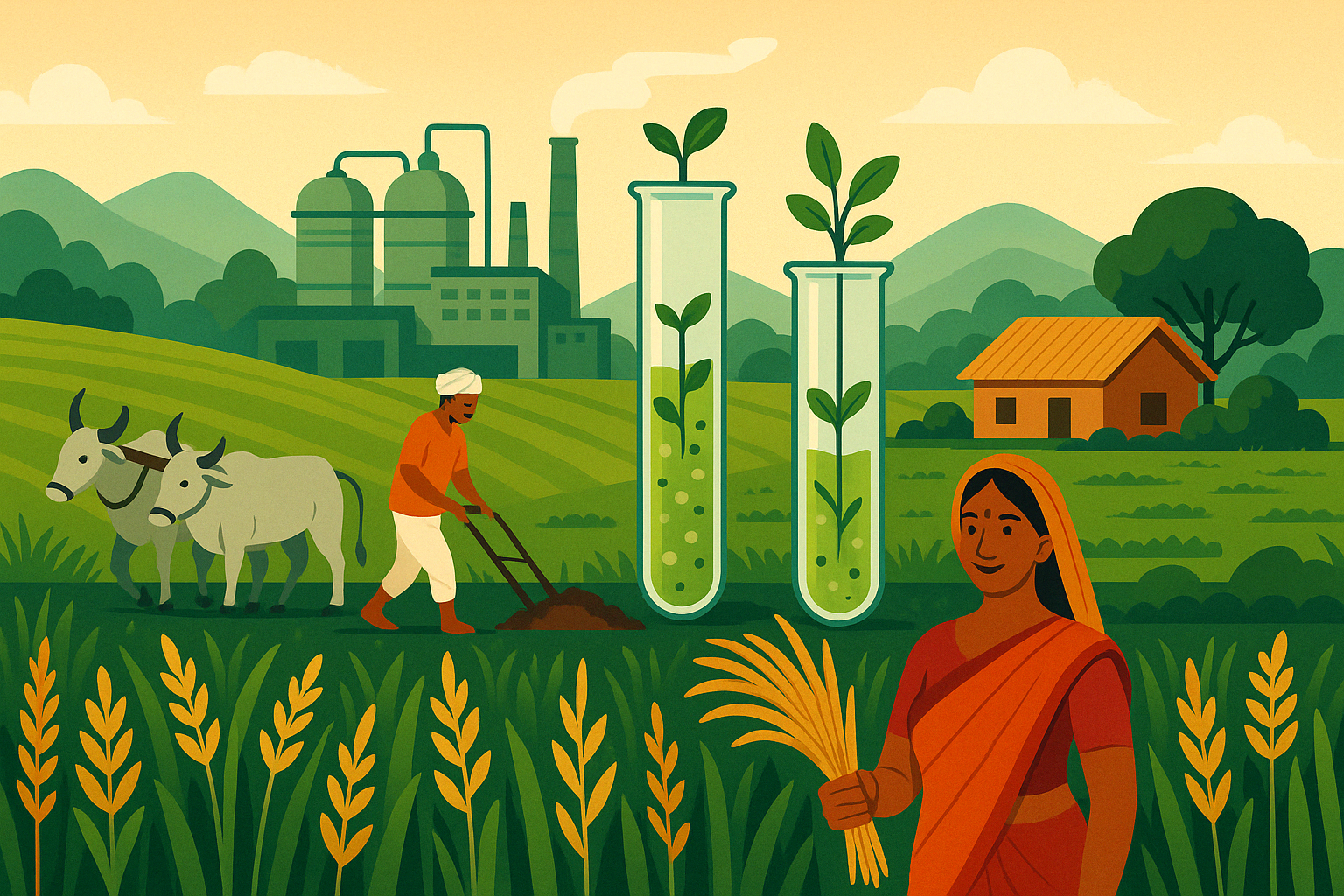Overview
Businesses globally have faced uncertain challenges for the past couple of years due to the COVID-19 pandemic, the Russia-Ukrain war, and the ongoing economic slowdown. With such a dynamic economy, businesses are triggering development and accelerating the adoption of new technologies, along with their focus on sustainability and customer experience. These trends will evolve more, even in 2023.
Below are the top five trends that will have a greater impact on day-to-day business operations in 2023.
Race to achieve sustainability targets:
- Environmental, social, and governance (ESG) have been on the top of mind of all organizations in 2022. With the increasing demand to follow ESG regulations from various governments and regulators, there will be an increasing need for greater transparency and consistency. Organizations must measure their environmental impact clearly and accurately to manage compliance. In addition to ESG reporting, regulators look for stringent ESG-related due diligence.
- This process could be more efficient with the use of digitalization. Key technologies that can help organizations and regulators to achieve sustainability targets are Big Data Analytics, Blockchain, and Natural Language Processing (NLP).
- The top industries impacted the most by the ESG-related trends will be manufacturing, oil & gas, energy & power, BFSI, and retail & CPG.
Immersive customer experiences and Personalization
- Consumer habits and preferences keep changing, and it’s clear that the experience brands offer sets them apart. A global report finds that around 77% of customers expect consistent interactions across departments regarding digital experience. Customer Interactions today are, in many cases, digital-first, and it is imperative to provide immersive experiences to create a positive emotional connection to the brand. With the help of solutions that cater to analytics, insights, and visualization, we can enhance human experiences and build disruptive solutions.
- An immersive experience can happen via a web or mobile app, a natural language interface like a speech bot, or through video, image, and text analytics to understand customer needs better. Organizations that use these methods will enable multi-sensory customer experiences that will drive customer loyalty and advocacy and lead to competitive differentiation.
- The top customer experience has become a key focus for industries such as BFSI, Healthcare, Food, and Lifestyle.
Focus on supply chain localization.
- During the last couple of years, businesses have faced multiple challenges in managing their supply chains, including the global COVID-19 pandemic and geopolitical problems. Such disruptions to supply chain operations will stay even in 2023 due to various other issues, such as increasing inflation, recession, climate change events, or any other event. This can impact businesses regarding uncertain delivery of goods, unavailability of materials, the surge in pricing, etc.
- In such a scenario, supply chain localization will play an important role, especially for industries that depend heavily on other regions for procuring raw materials. A localized supply chain could help businesses reduce costs and delivery time with increased flexibility. Technologies like ERP/SCM, Business Intelligence, and Blockchain can add value to businesses looking for localized supply chains.
- The major industries that will be impacted the most by the supply chain disruption and can increase their focus on local suppliers will be manufacturing, retail & CPG, automotive, semiconductors, and healthcare.
Increasing cybersecurity risks
- The number of cyberattacks is increasing daily with increasing technology adoption among businesses globally. Even they are getting more impactful and expensive these days. Such incidents also increase the risk of fraud and extensive damage to the brand and reputation of the company. A proliferation of connected devices / IoT, increasing use of smartphones and social media, and rapid adoption of 5G technologies lead to large-scale security risks to organizations. The threat landscape is expected to be riskier even in 2023, with higher speed and sophistication of cyberattacks.
- In addition to standard cybersecurity technologies, companies can adopt advanced technologies, Quantum Computing, Blockchain, and Ransomware Security, for continuous security monitoring and prevention from any possible attacks.
- The increased cybersecurity risks will impact data-intensive industries, such as financial services, healthcare, media & entertainment, manufacturing, and retail & CPG.
Significant fall in early-stage startup funding
- With the central banks worldwide hiking interest rates to rein in inflation and tech stocks’ market capitalizations 50-60% lower from a year ago, funding for late and growth-stage startups they have slowed as private market investors became selective in their approach. Fundraising from venture capital is expected to slow in 2023 as the tech slowdown continues. From the third quarter of 2021 to the third quarter of 2022, startup funding from venture capital fell by 54%, to $74.5 billion from $164 billion, according to PitchBook.
- By 2023, the Startup founders, tech experts, and VCs, and offer their predictions on AI and Robotics, Virtual Spaces in retail tech, Crypto and Web 3.0. On the other hand, the year also saw India continuing to be one of the fastest-growing digital economies in the world, with the overall economy now clearly on the path towards $5 Tn GDP by 2030.
Conclusion
Businesses are gearing up to strengthen and accelerate their strategic operations. With this overall understanding and game-changing disruption, businesses are already on the horizon. There is more to the integrated outlook on how industries will transition in the next few years. The key perspectives on the 2023 trends present a scenario involving the changes ahead and how they will impact businesses of all sizes across industries globally.






